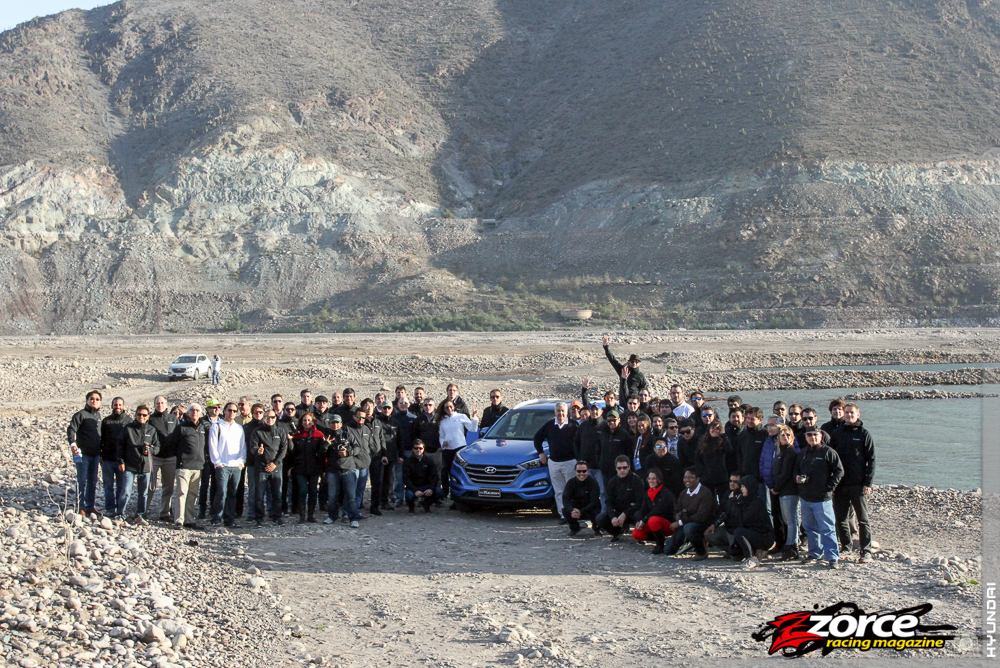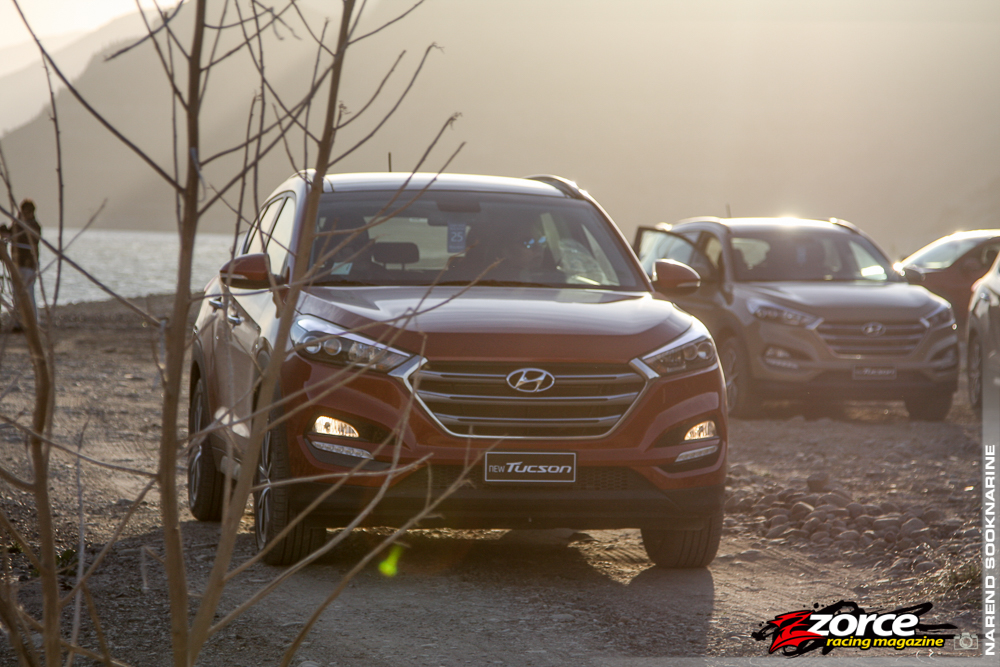Hyundai Tucson Encounter On The Route To The Stars! - Chapter 6
- Written by Narend Sooknarine
- Published in Driving Impressions
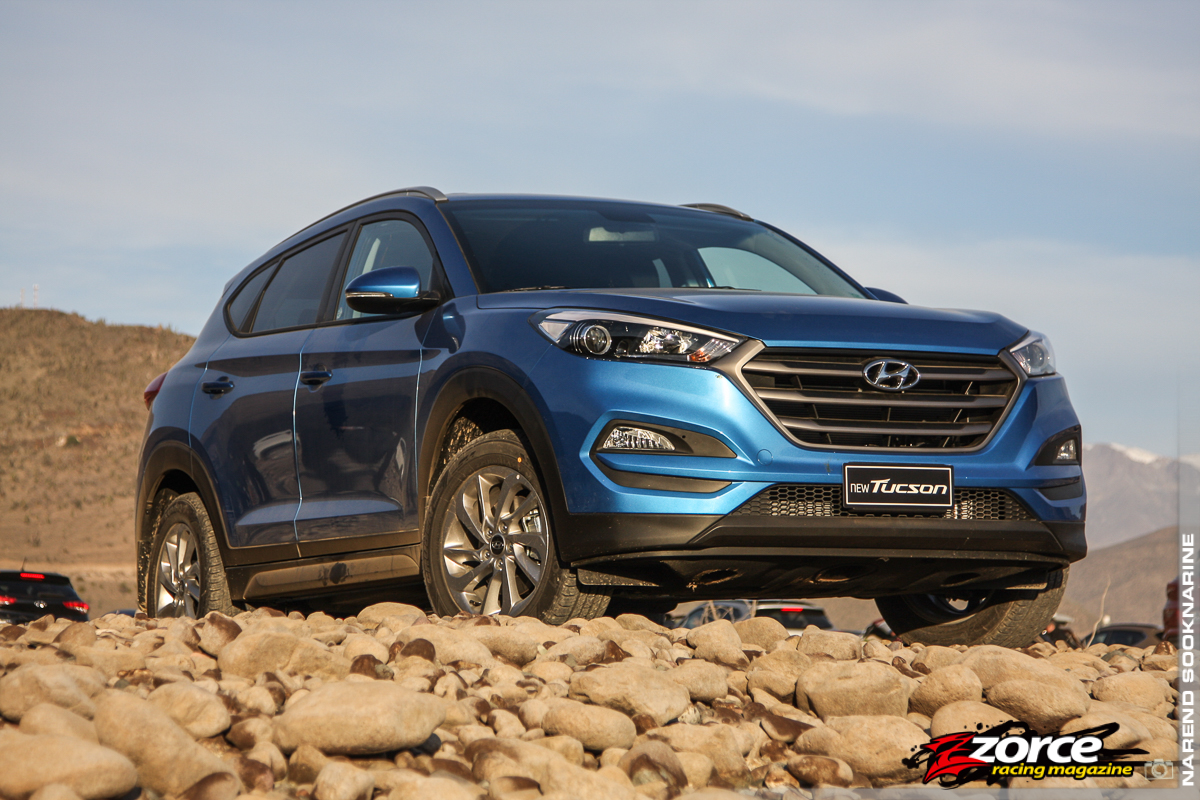
Article Index
Chapter 6:
Driving the Tucson diesel and
(finally) going off-road
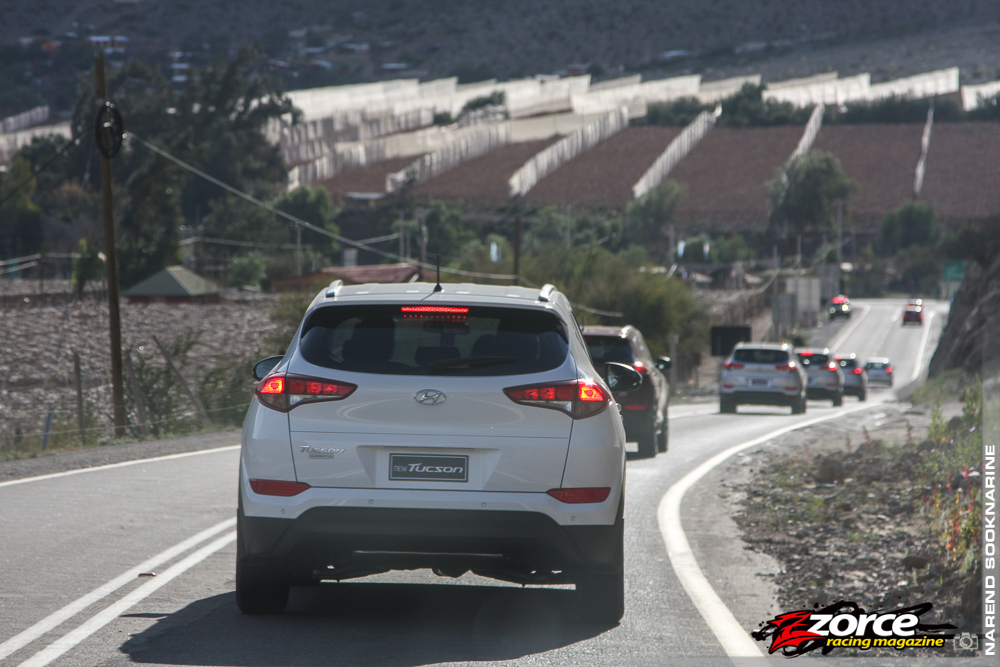
After the tour, our afternoon drive presented us with a change of vehicle. Finally, we had the chance to try out a diesel version. Thanks to the aid of a turbocharger and the typical low-rpm grunt associated with diesels, we were effortlessly climbing hills and easily keeping up with the rest of the pack. For this kind of performance you can thank the Hyundai 2.0-litre four-cylinder turbodiesel’s considerable 186hp@4000rpm and 297ft-lb (spread from 1750-2750rpm) specifications. Although it is typically the most expensive, the 4WD diesel Tucson is the most capable and is the highest-performance variant of the lineup. Hopefully we can test one soon to give you some performance data.
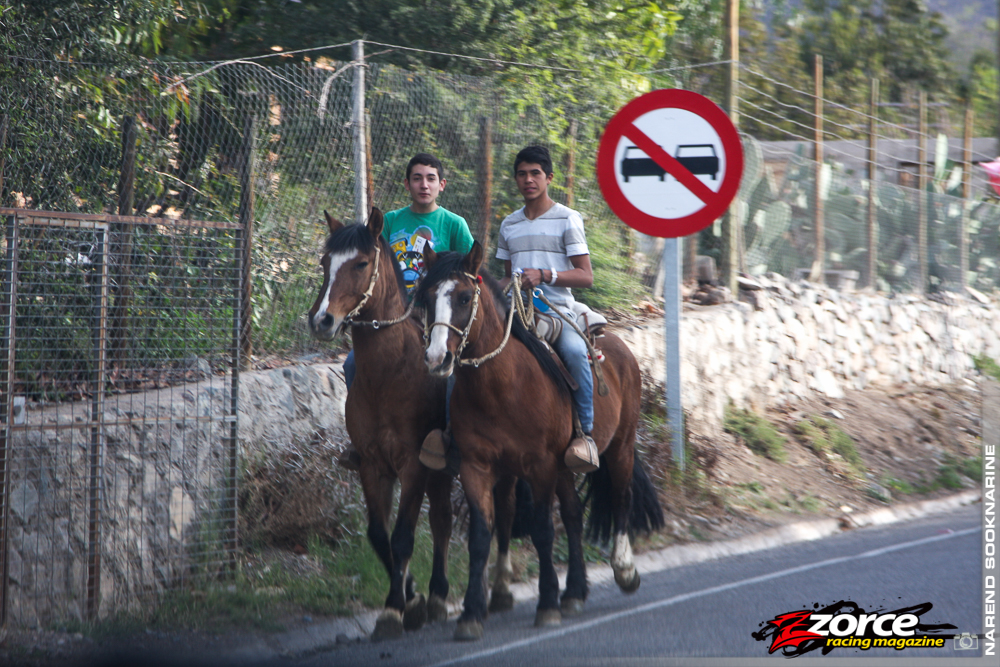
Now in the reverse direction, there was one last stop on our itinerary, which was printed conveniently at the back of our press ID cards. We passed by a large farm and followed the convoy.
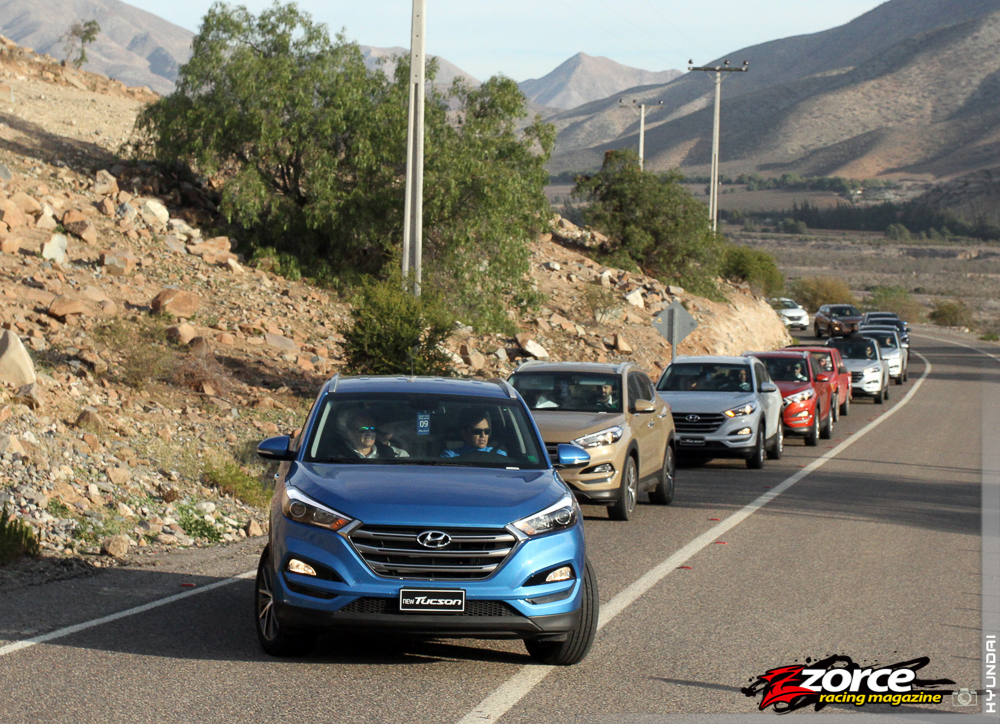
A Tucson sign a bit further down indicated that we were heading off-road! We kept on driving as the road became more rugged and crossed two small streams with ease, stopping to snap some minor water splash photos. The dirt surface we initially met had now grown into a rougher, rockier and more convoluted path.
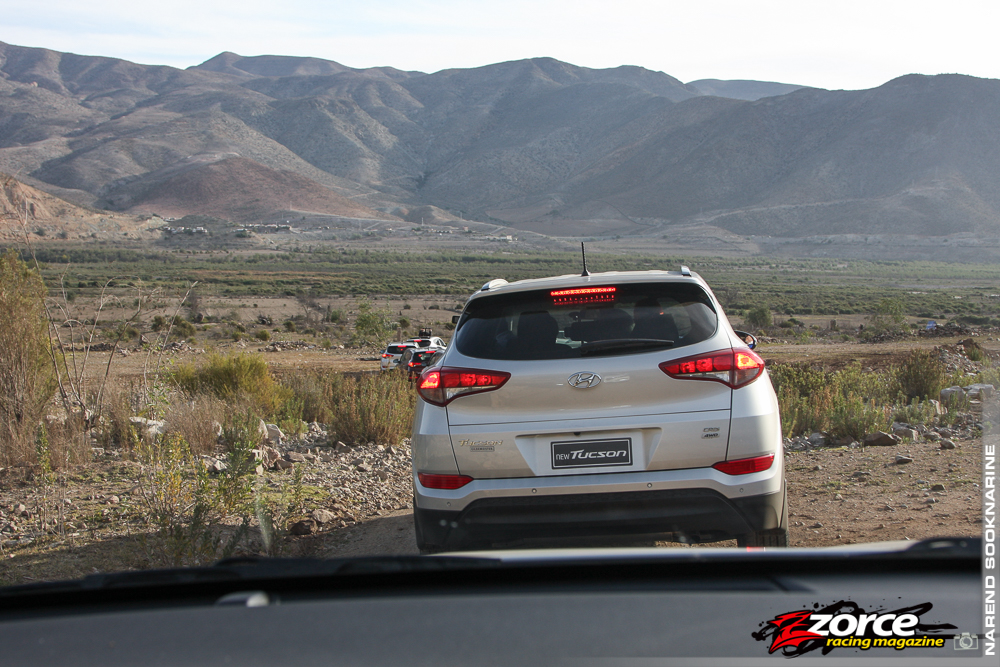
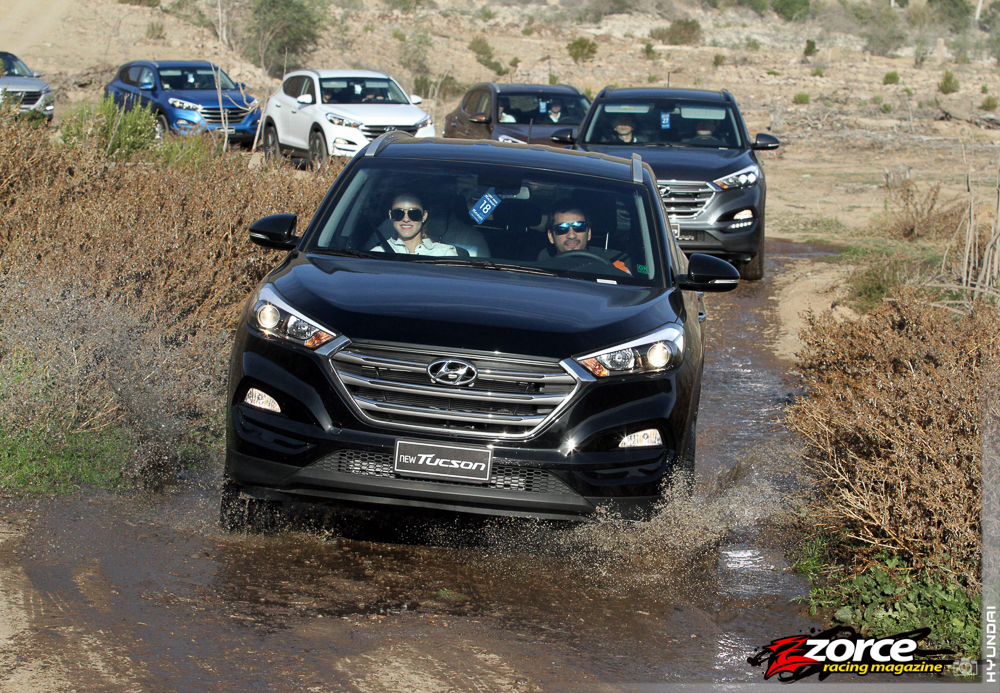
The Hyundai Tucson is equipped both with Electronic Stability Control and Advanced Traction Cornering Control (ATCC), which uses the brakes to affect the polar moment of inertia (by controlled braking of the rear inside wheel in a corner) to minimise understeer. Similar technology is also used in cars like the Mercedes-Benz A45 AMG. This works in concert with the existing traction control and Vehicle Stability Management systems (which can brake individual wheels) to keep the Tucson pointed in the right direction, even when braking and cornering at the same time. There are discs at all four corners and on the 2016 Tucson they are slightly larger. Hill-start Assist Control was also included on our test cars, which basically brakes the vehicle on an incline for a few seconds to allow you enough time to get to the accelerator without rolling backwards.
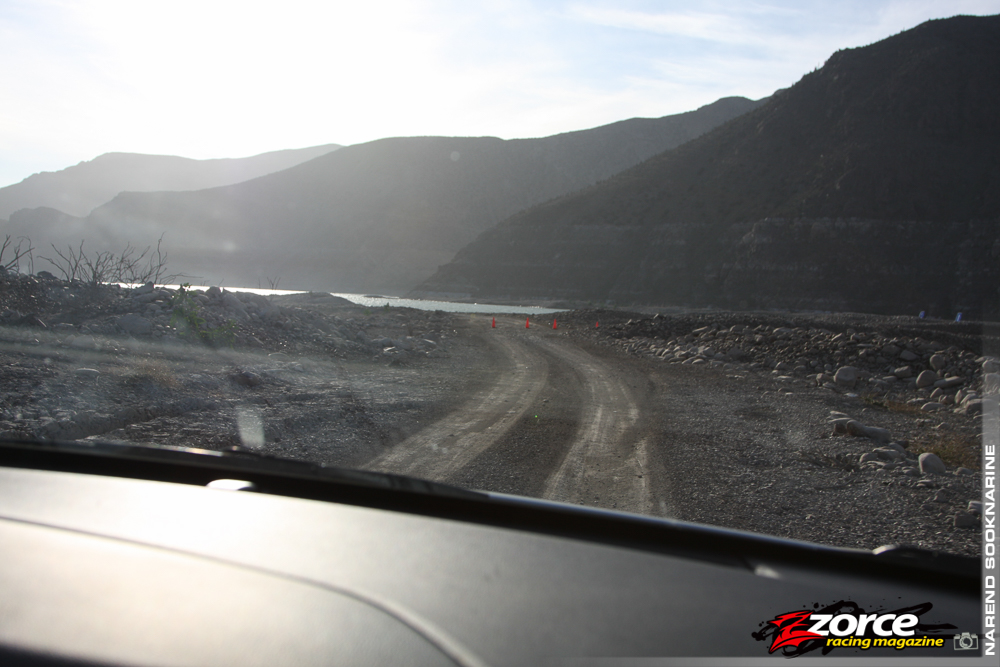
Eventually we had made our way to a wider open space. Naturally, we decided to try a few faster dirt corners to check out the grip levels. We also tried out the 4WD system’s lock mode, which splits power evenly between the front and rear wheels. This system is designed to find maximum traction in snow, sand and other low-grip surfaces. The Tucson stayed planted for the most part and never got out of shape. For this new version, the Tucson’s rear suspension has been standardised using double lower A-arms for better ride quality, previously a single A-arm setup was used on the 2WD version.
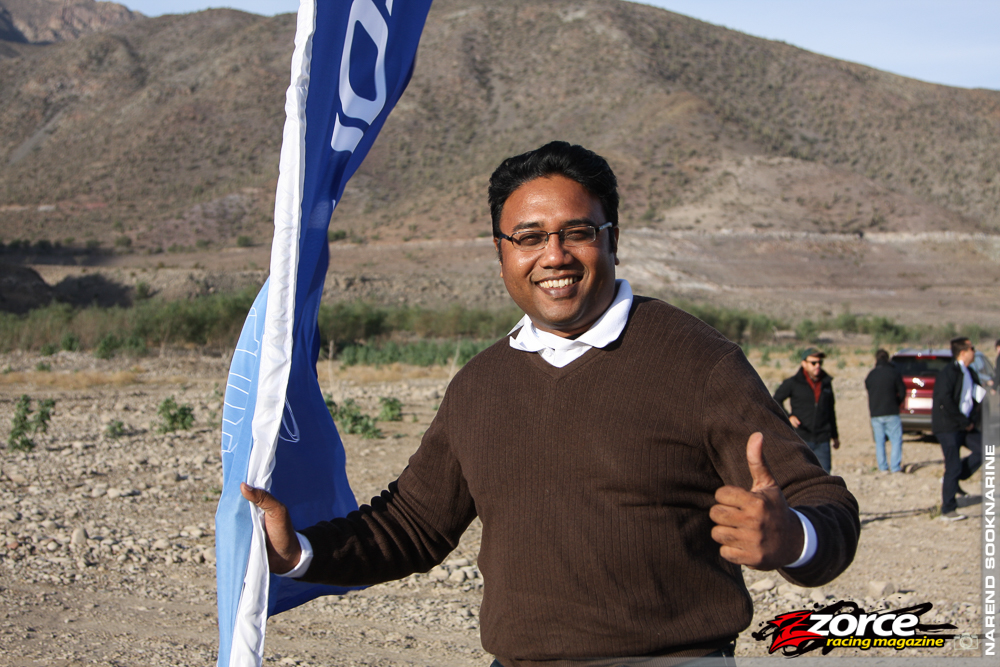
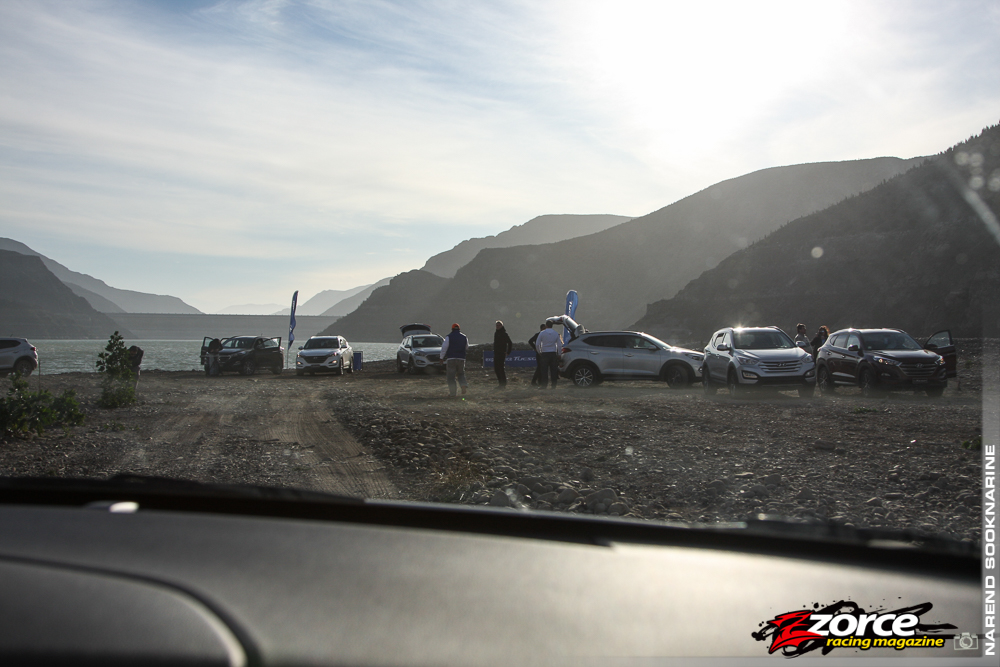
We emerged at Puclaro, a large man-made dam that we had seen in the distance on the way in. It was a photogenic location, but was quite windy and it was also getting a bit cold. From what we were told, Puclaro’s strong gusts have made it popular with kite surfers.
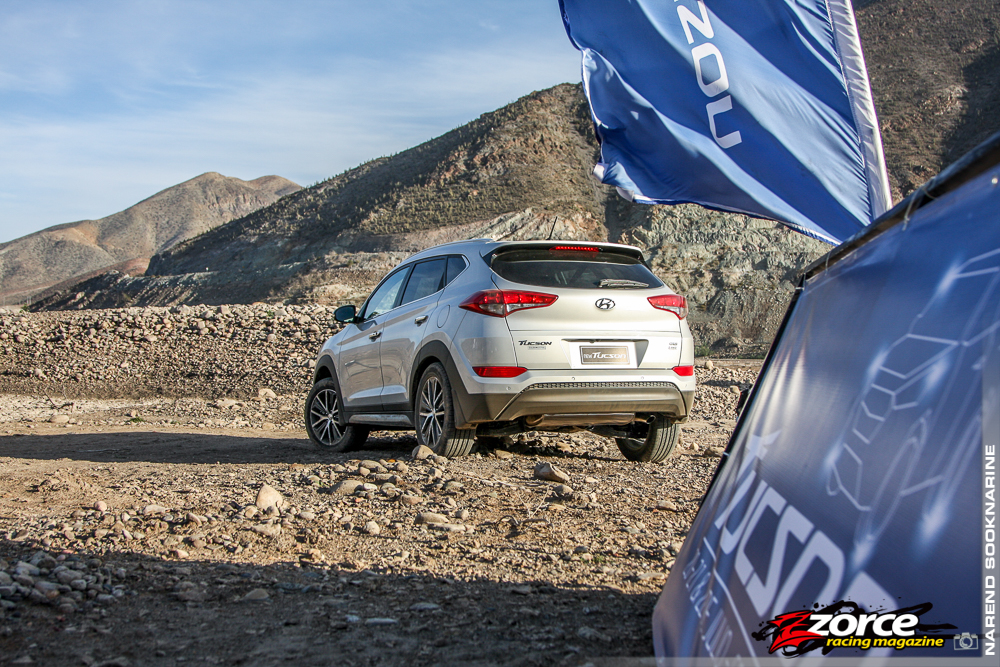
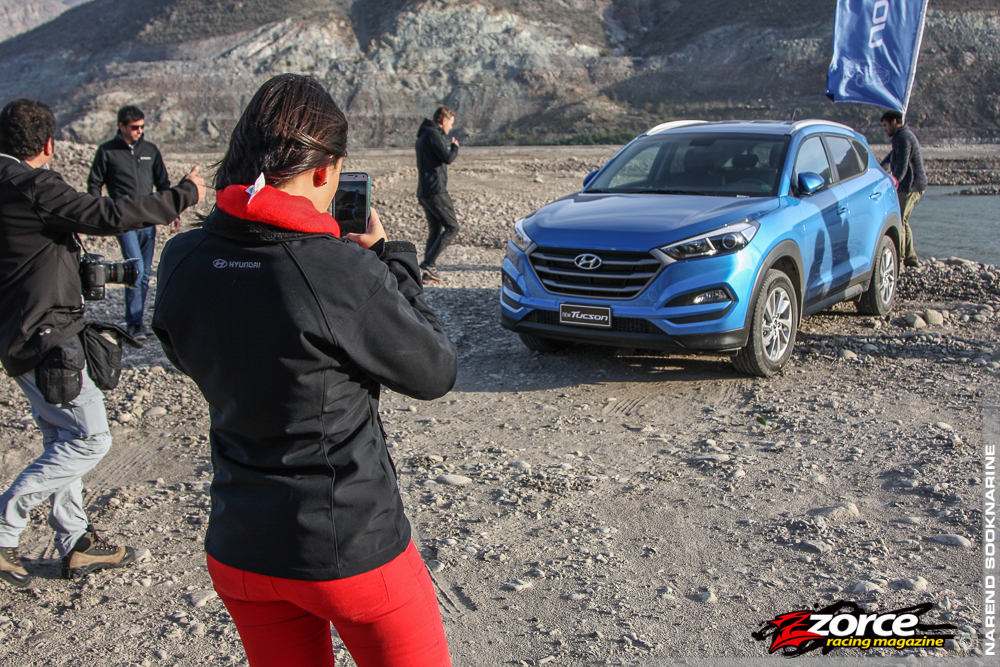
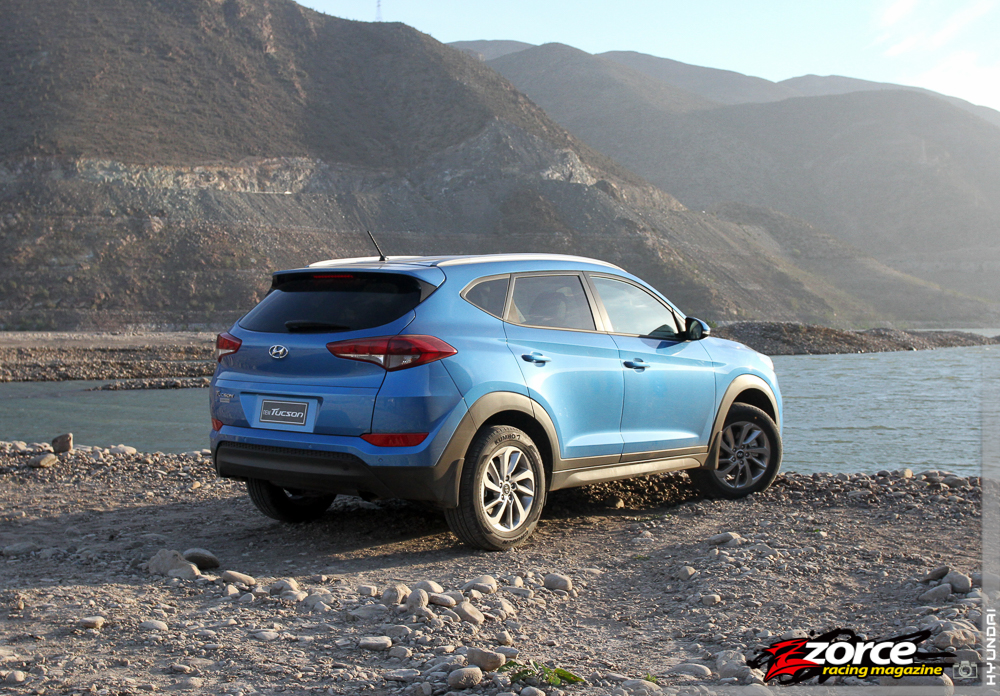
After a fairly quick photo session and some video recordings, it was time to leave. We found our way back to La Serena with relative ease, save for one wrong turn, which took us up a charming seafront route.
